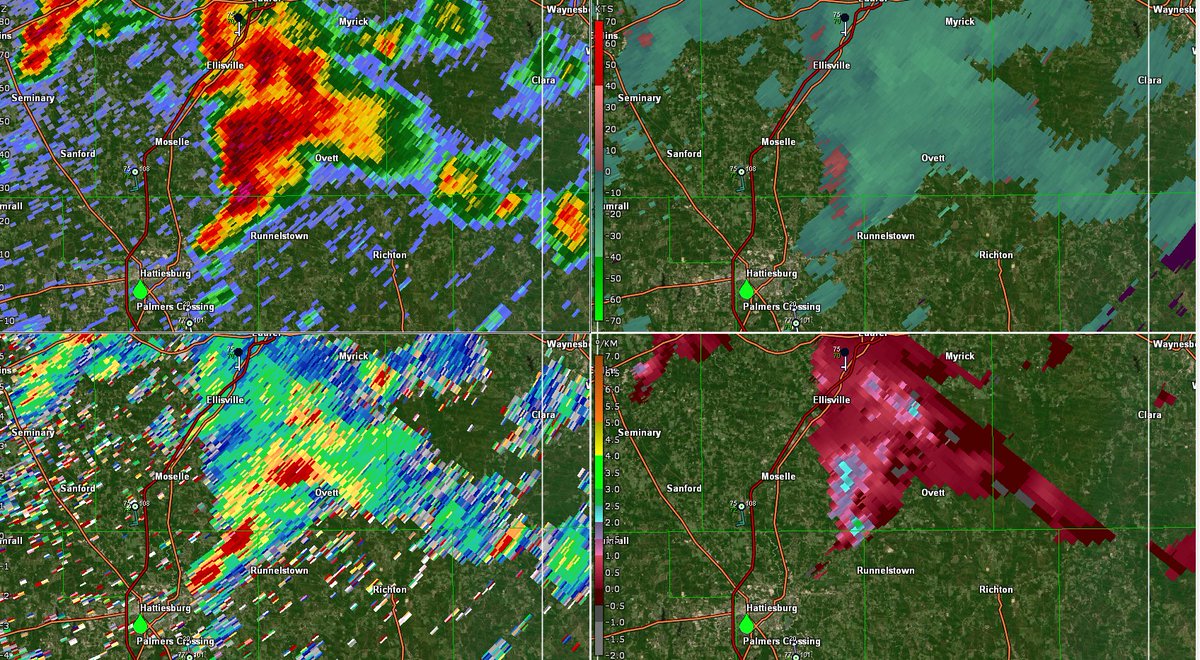
About to head out for my first storm chase of the season here in #MEwx.
Maine chasing options are extremely limited by visibility thanks to lots of hills and even more trees. I have pre-scouted spots ready to go once storms develop.
Today’s target prob the hill N of Auburn.
Maine chasing options are extremely limited by visibility thanks to lots of hills and even more trees. I have pre-scouted spots ready to go once storms develop.
Today’s target prob the hill N of Auburn.

Now for the classic dilemma of which storm to target. Skowhegan looks too far north, a couple cells along the pre-frontal trough farther south look meh, that cell north of MWN though... 

Alright let’s play the cells developing on the leading edge of the subtle MCV left over from AM storms near BTV 

• • •
Missing some Tweet in this thread? You can try to
force a refresh















